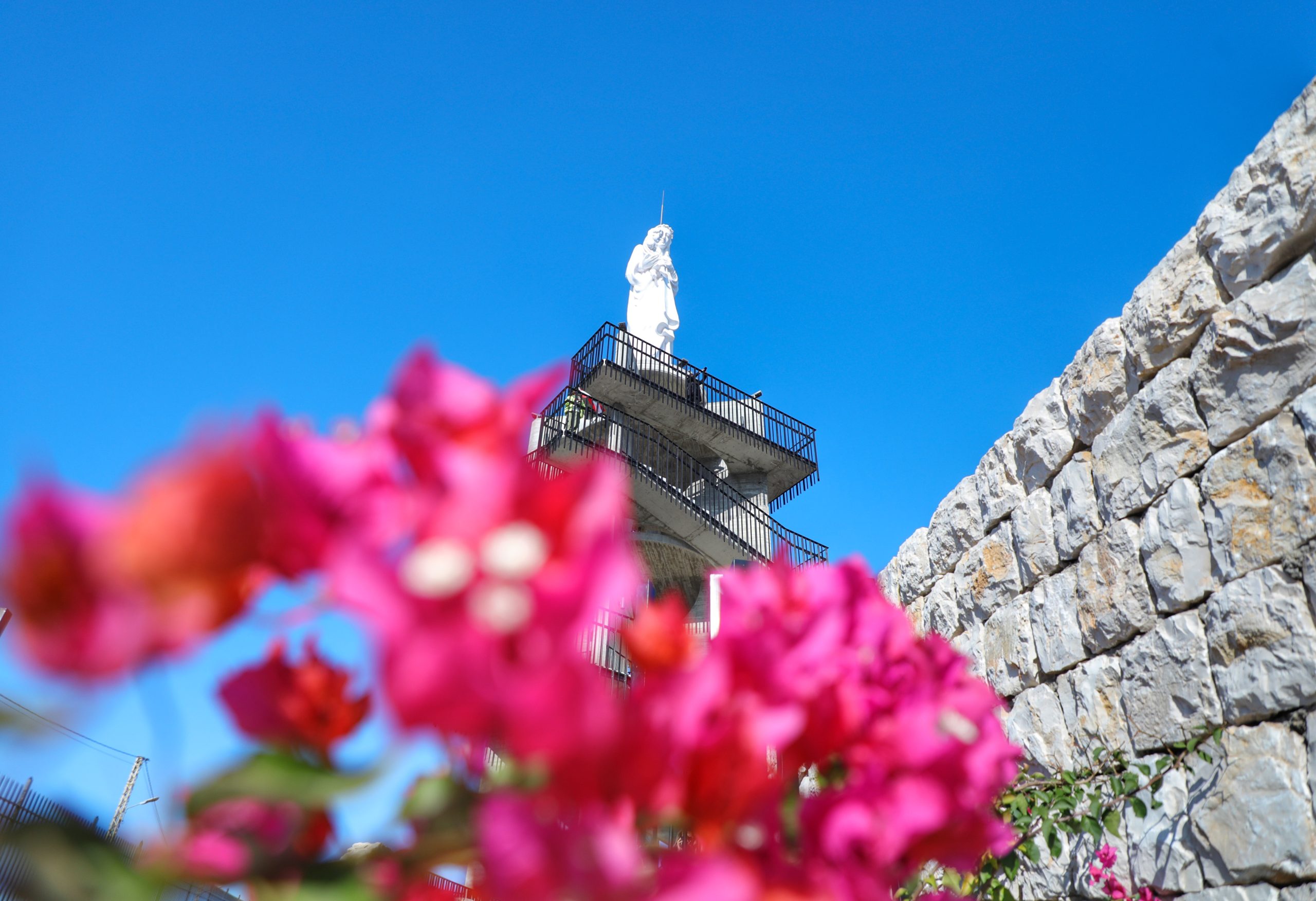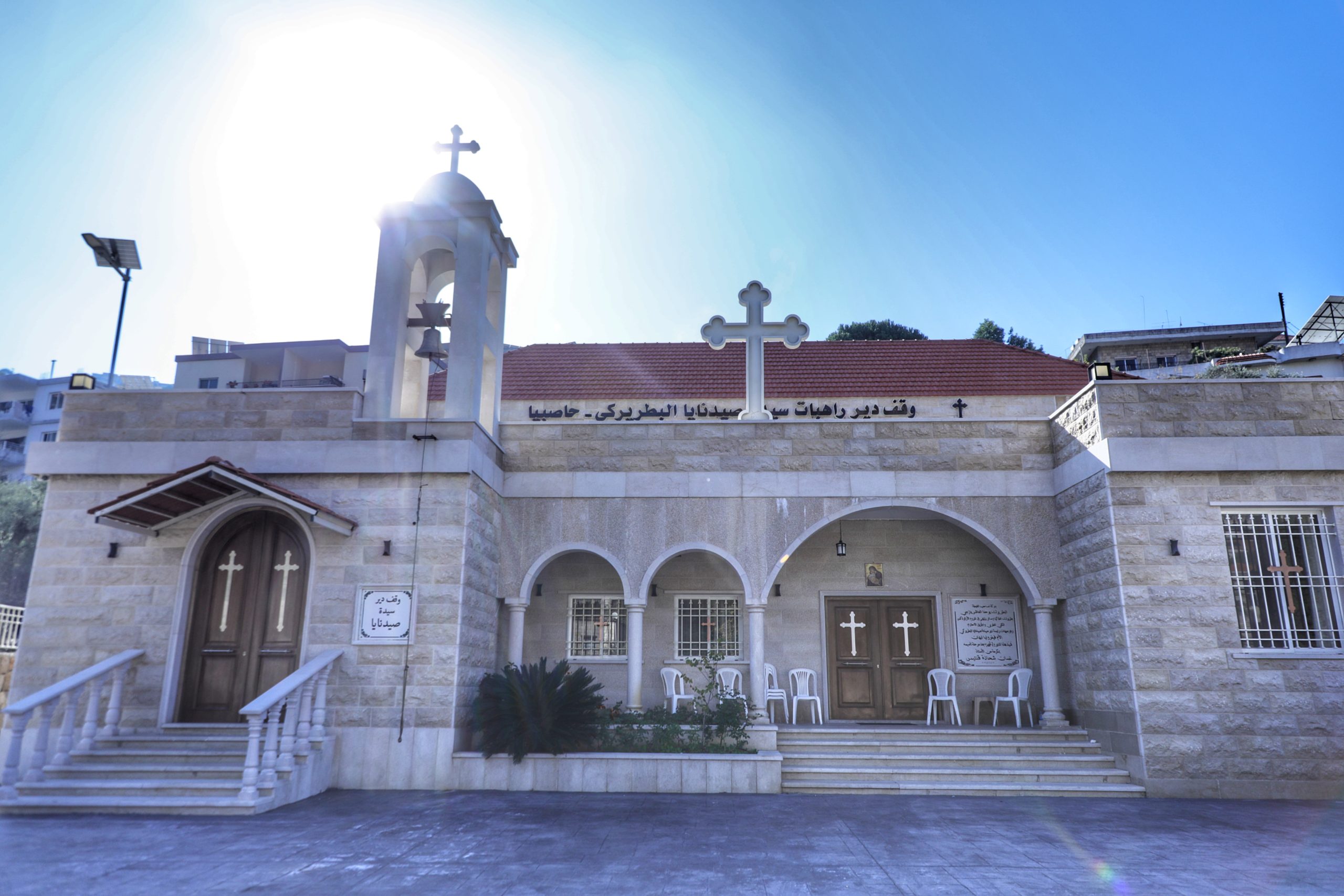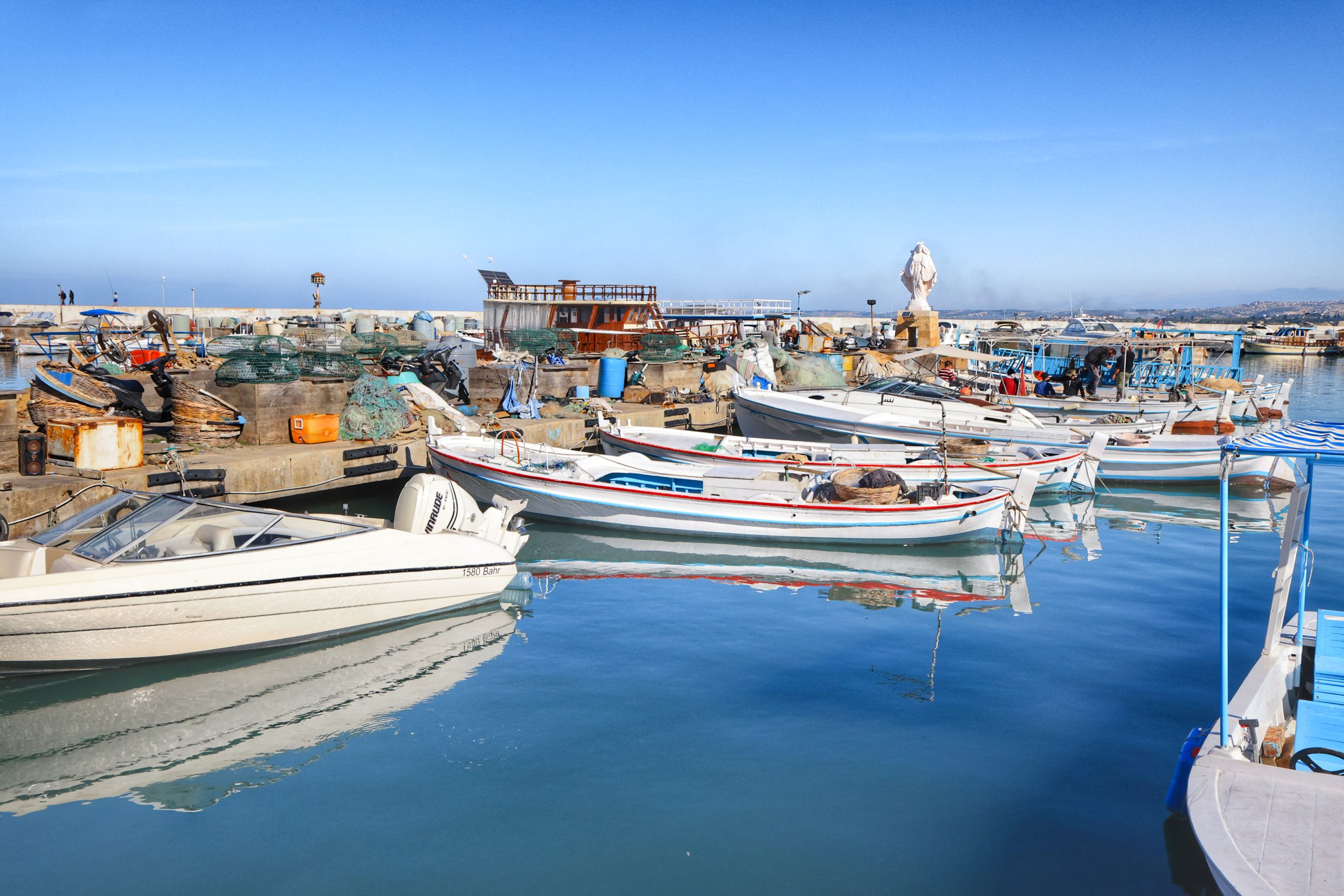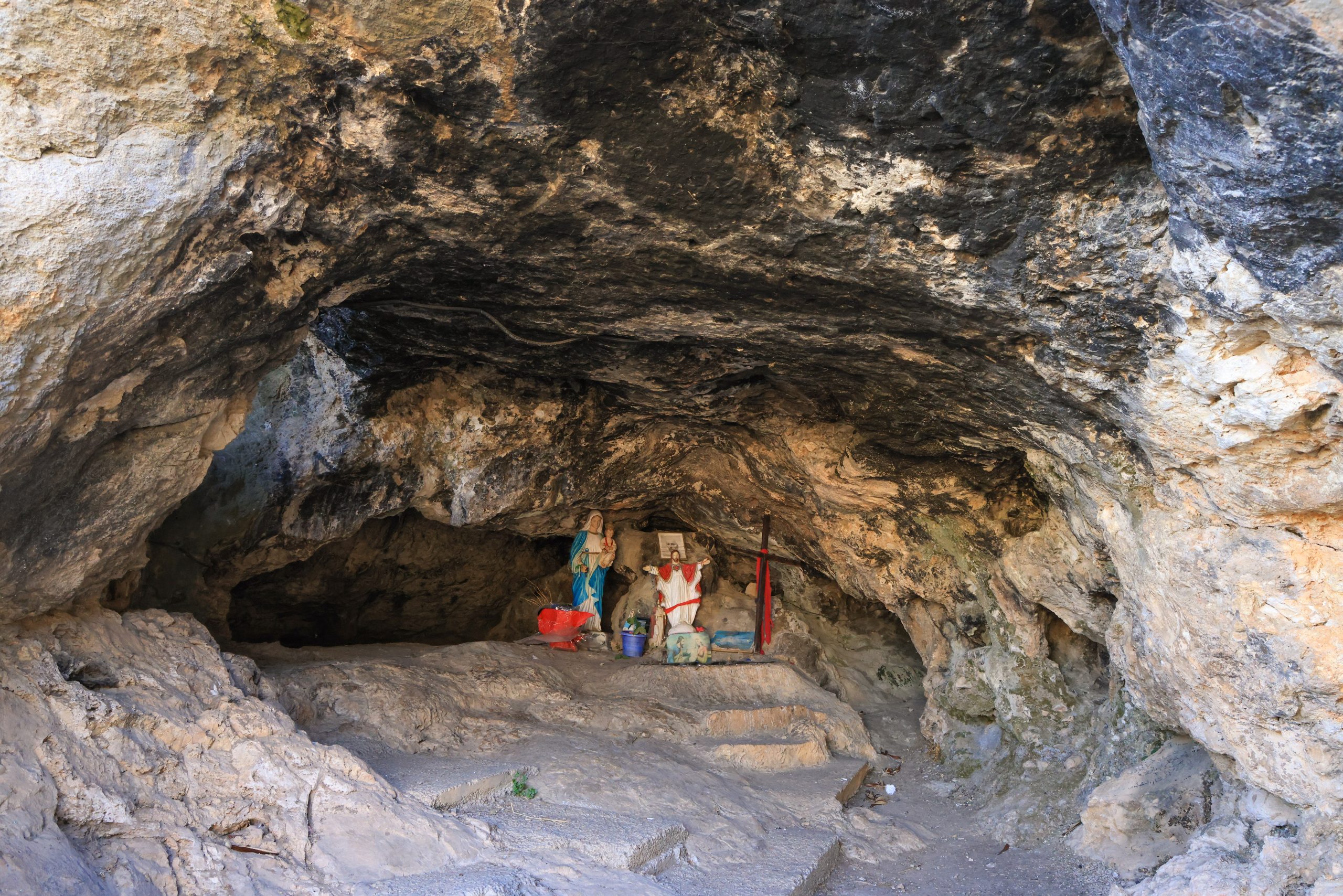There is something undeniably sacred about Lebanon’s south. Its landscape unfolds as a living canvas of history, nature and legend. For Nidal Majdalani — travel writer, photographer, explorer and sole author and guide of the Lebanon section in Lonely Planet’s upcoming Middle East book — the south is far more than a destination. It reflects Lebanon’s richness and enduring spirit. Indeed, since 2010, Majdalani has dedicated her time to uncovering the heart of Lebanon’s cultural and natural heritage, driven by a passion for storytelling through vivid imagery and heartfelt narratives.
Her December adventures took her through the enchanting villages of Kawkaba and Hasbaya via Bekaa. On another journey, Majdalani followed the coastal road to the ancient city of Tyre and the solemn grounds of Qana. Each step along these routes revealed Lebanon’s rich layers of culture, heritage and nature, with every path offering a profound connection to the country’s past and present.

Photo by: Nidal Majdalani
Kawkaba: where legends flow
Nestled on the edge of Marjeyoun in the Hasbaya District of the Nabatieh Governorate, Kawkaba is a village where history and legend intertwine. Known for its serene atmosphere and captivating views, Kawkaba offers visitors a journey through nature, faith, and folklore. One of its most iconic landmarks is Ain el Massih (Christ’s Spring), where, according to local legend, Christ struck His rod into the ground, causing fresh water to flow. This sacred spring remains a powerful symbol of faith and legacy.
Perched high above the village, the monumental nine-meter statue of Our Lady of Hermon stands as a revered symbol of faith, protection and spiritual solace for locals and visitors alike.
For those seeking adventure, Kawkaba’s hiking trails offer scenic routes with breathtaking views of the surrounding valleys and mountains. The village’s ancient olive trees, with their twisted trunks, stand as living witnesses to centuries of change — yet another unmissable highlight of this remarkable destination.

Photo by: Nidal Majdalani
Hasbaya: a tapestry of faith and heritage
Set against the backdrop of Lebanon’s lush southern landscape, Hasbaya is a town where cultural diversity, historical legacy and natural beauty converge. Renowned for its blend of ancient and newer churches, Hasbaya’s spiritual essence is evident in its sacred sites. The relatively new Saidnaya Monastery is an extension of the historic Our Lady of Saidnaya Monastery in Syria that carries forward the legacy of one of the world’s oldest Christian monasteries, founded in 547 AD by Byzantine Emperor Justinian I.
At the heart of Hasbaya’s old town lies the Mosque of Hasbaya, one of Lebanon’s oldest mosques. Its architectural simplicity and quiet strength offer a glimpse into the town’s multi-faith heritage. Just a short walk away, the Chehabi Citadel rises with timeless grandeur. This Crusader-era fortress, despite the passage of centuries and signs of neglect, remains a commanding presence. Its weathered stones echo the power and significance it held throughout history, and through Nidal’s lens, its silent dignity is brought to life.
Hasbaya’s natural beauty is equally captivating. The Hasbani River flows gently through the town, a lifeblood that has nurtured generations. Its banks are lined with vibrant restaurants serving fresh Lebanese cuisine, offering visitors the chance to savor local flavors in the heart of nature.

Photo by: Nidal Majdalani
Tyre: a living testament to glory and resilience
Renowned for its UNESCO World Heritage status, Tyre’s rich legacy as a Phoenician trading hub and maritime powerhouse echoes through its ancient ruins, vibrant port and historic quarters. It is a city that fuses the past and present.
At the heart of Tyre’s charm lies its iconic fishing port, watched over by the Virgin Mary. Lining the port, a collection of cafés and seafood restaurants invite visitors to indulge in fresh seafood and local cuisine.
Nearby stands Our Lady of the Sea Cathedral, a stunning landmark that houses a beautifully renovated underground ancient church. From there, a stroll through Tyre’s Christian Quarter reveals narrow alleyways, colorful doors and historic charm. Further along the waterfront, beyond Al Fanar Guesthouse, pathways open to the sea, where kiosks offer coffee and quick bites. Benches along the shore provide a serene spot to soak in the sea breeze and watch fishing boats go by.
Tyre’s historical legacy comes to life at the Al-Bass Archaeological Site, home to some of the world’s most well-preserved Roman ruins, including the largest intact Roman Hippodrome in existence. Passing under Hadrian’s Arch feels like a journey back in time, with multi-layered structures offering glimpses into centuries of human civilization. The site’s immense scale and impeccable preservation make it an unmissable highlight of any visit to Tyre.
Another landmark in Tyre is Al Mina, an ancient archaeological site that was once a bustling Phoenician port and later a key Roman and Byzantine hub. The site features well-preserved ruins, including colonnaded streets, Roman baths, intricate mosaics and the remains of a Crusader cathedral.
Beyond the grandeur of its ancient past, Tyre’s present-day charm is equally captivating. The Corniche invites leisurely walks along the coast, with the fresh Mediterranean breeze filling the air. The sea’s vast blue expanse meets the sky in a perfect blend of color, especially during sunset, when hues of pink and orange scatter across the horizon. Whether dining at a beachfront restaurant or savoring the sunset’s glow, the experience is nothing short of magical.
Despite moments of adversity, the city’s heart continues to pulse with life, community togetherness and hope.

Photo by: Nidal Majdalani
Qana: a place of reverence, reflection and resilience
Qana is a town imbued with profound spiritual significance, known for its biblical ties and its connection to one of Jesus’ most famous miracles — turning water into wine. Among its most sacred sites is the Qana Grotto, believed to be a place where Jesus prayed and met with His disciples. This natural cavern, steeped in biblical history, exudes a quiet serenity that invites contemplation, drawing pilgrims and visitors seeking moments of reflection and a connection to this ancient, sacred past. The area is also home to remarkable stone engravings depicting Jesus with His disciples and the Virgin Mary.
To continue exploring Lebanon’s timeless beauty, follow Nidal Majdalani as she continues traveling through the country’s most captivating destinations. Her trips uncover hidden gems, offer deeper cultural connections, and reveal the stories that make Lebanon so unique.
For bespoke itineraries, personalized trips and insider access to Lebanon’s best-kept secrets, connect with Nidal Majdalani.
If you enjoyed reading this, check out our mini guide to Tyre.
Loading
